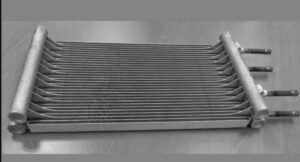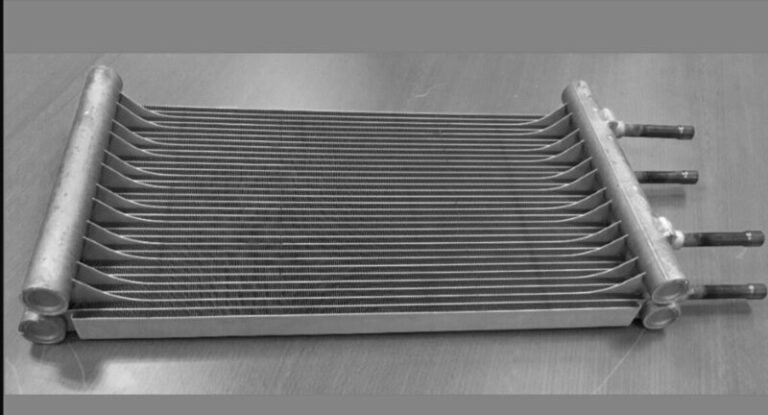Pathogens responsible for infectious diseases are present everywhere. No matter where you go, what you eat or drink, and what you do, you are always in close proximity to these infectious germs. And when it comes to babies and infants, the risk of infections increases exponentially.
- Possible Causes Of Infection In Children
The pathogens are divided into four categories:
- Bacteria
These are unicellular organisms with simple internal structure. Their habitats could be anywhere from soil to water to volcanic lava. Some species can survive without food by using elemental nutrients to glean energy.
- Fungi
These microscopic organisms are multicellular and usually consists of tissues performing different organic functions. They usually thrive on the surface of dead matter or a living host. Like most bacteria, fungi are also heterotrophs.
- Virus
Viruses are known to be on the brink of life and death. Also known as the zombies amongst all the life forms, these organisms come back to life only after they enter a host body. These are the deadliest of all pathogens, as they can infect all life forms including other pathogens.
- Protozoa
These are either free-living or parasitic eukaryotes that thrive on the organic tissues and debris.
- Different Modes Of Transmission
Considering the number of pathogens and the types of habitats they survive in, the probability of getting infected by any of these pathogens is very high and scattered. Depending upon the process of contact, the modes of transmission used by these pathogens are divided into two types.
- Direct Transmission
Transmission of pathogens from an infected person to a healthy person through direct contact is the most common mode of transmission. Often the pathogens transmitted are the cause of the deadliest diseases known to mankind. These may spread through a number of physical contacts that two persons can make including hand-shakes to intercourse. Some common examples of directly transmitted diseases include skin rashes, tuberculosis, fungal infections, etc.
The striking fact about these infections is the lifespan of the pathogens outside the host body. These pathogens do not survive long once they exit the host body. That is why they only spread diseases in direct or close contact only. Direct transmission may require physical contact or at least close vicinity with the infected organism or dead matter.
- Indirect Transmission
This type of transmission essentially differs from the direct transmission due to the lifespan of the pathogens outside the host body. The pathogens that transmit through indirect mode can survive for longer on the dead organic matter and debris. But, they still require a carrier to transmit from one organism to another.
Depending upon the type of carrier, the infection can be further divided into four categories:
- Air-Borne
Air-borne infections are caused by pathogens that can survive in the open atmosphere, outside the host body. Air acts as a carrier for the infectious germs. Flu, measles, cold, fever, and some other common infections are usually air-borne.
- Water-Borne
Pathogens that make use of water as a carrier spread water-borne infections. The diseases caused by consuming contaminated water are all examples of water-borne infections. One of the most common water-borne infections is diarrhea.
- Vector-Borne
Insects like mosquitoes and animals like cats and dogs can carry deadly parasites with them. To understand more about parasitic infections, you can visit https://www.makeitmissoula.com/2019/03/parasitic-infections-and-you-a-definitive-guide/. Some common examples of vector-borne infections are malaria, typhoid, rabies, and Lyme disease.
- Vehicle-Borne
These infections are spread through dead or non-alive matter. Consuming contaminated food, coming in contact with an infested bedding, public toilets, and many more such places act as carriers for vehicle-borne infections.
- Keep Your Children Away From These Sources Of Infection
There is simply no way that you can avoid any encounter with these germs. The best way you have is to take care of your kid’s hygiene and maintaining cleanliness in their surroundings. You can start with, washing food before cooking, washing hands before and after meals, getting vaccinations, and drinking clean water. These simple precautionary steps can help assure that if you come in contact with these pathogens, they don’t harm you or your children through you. There are a few common breeding grounds for these infectious germs. You can make sure that you take utmost care whenever you visit or come in proximity to these breeding grounds. These places include hospitals, public toilets, drainage pits, dumping grounds, and garbage bins. Make sure you use antiseptic solutions and antibiotic solutions after making contact with any of these carriers. Get your pets vaccinated. And, get a complete body check-up in routine.
These simple yet effective solutions can save your children or at least, reduce the possibilities of bearing any disease if not completely eliminate them.













